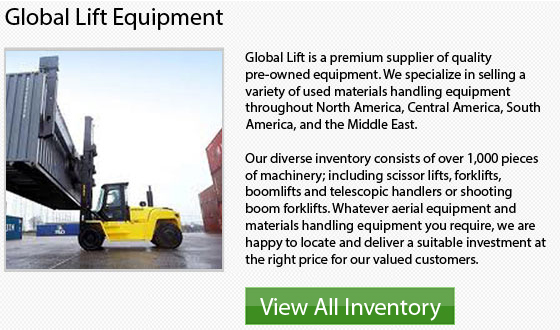
Lift Truck Tank Safety
Amongst the most popular types of forklifts available on the market nowadays is a propane-powered lift truck. The propane used to fuel these equipment has several properties that must be taken into consideration when working with the fuel tank. Like for example, it is important that all Personal Protective Equipment or PPE is worn each and every time an operator is on the machinery and in a lot of places, on the jobsite.
PPE
Propane gas is fairly cold and may lead to severe burns to the skin if exposed, no matter how minor the contact. Therefore, it is a requirement that when you are exchanging the propane tank or completing a re-fueling process safety goggles or a complete face shield and thick gloves must be worn for protection. Many workplaces need steel-toe boots to be worn as well when carrying heavy objects is part of your job. Every workplace has different rules set in place that pertain to the company's particular requirements. Your supervisor will inform you of what PPE things must be worn prior to your first shift.
No Smoking
In the refueling area, there can be no open flames or any type of smoking going on due to the high flammability factor. Propane gas is extremely ignitable and it is essential that it is never exposed to any type of ignition source or an extremely dangerous exploding situation would unfold.
Check the Valve
Before connecting the fuel line during a tank exchange, make sure that the valve on the new tank is turned off. If you inadvertently insert the fuel line into an open valve, propane gas would be released. Neglecting this factor could possibly result in a very terrible situation.
Fire Extinguisher
When the tank is being changed out or during the re-fueling process, a fire extinguisher must be made available. Most companies require that a fire extinguisher be mounted on each lift truck. This is a very essential safety rule which should be made a priority within the workplace.
Secure the Tank
The majority of propane tanks will use a restraining device such as a strap or bracket to keep the tank stable. Be sure that this security feature is working correctly because it is being utilized for the important task to prevent the tank from falling or shifting. A faulty restraining situation could lead to the tank falling or coming loose or rolling around dangerous.